Notes:
Warning symbols on the battery


Improper handling can damage the Škoda battery. There is a risk of injury, burns, accidents and fire when working on the battery and electrical equipment. Therefore, the relevant instructions and general precautions must be observed.
Warning:
Disconnect the battery only when the ignition is off, as otherwise the electrical equipment (electronics) of the car may be damaged. When disconnecting the battery from the on-board network, first disconnect the negative (-) pole of the battery. Only then disconnect the positive terminal (+).
1. When connecting the battery to the on-board network, first connect the positive pole (+) of the battery. Only then connect the negative pole (-).
Note:
Never mix up the connection cables - danger of cable fire!
2. Make sure that the electrolyte does not get on the body, otherwise it will damage the paintwork.
3. Protect the battery from ultraviolet radiation, do not expose it to direct sunlight.
4. If the vehicle is left unused for more than 3 to 4 weeks, the battery may be discharged. This is due to the fact that some devices (for example, control units) consume current even at rest. Discharging the battery can be prevented by disconnecting the negative battery terminal, or continuously charging the battery with a very low charging current.
5. If the vehicle is mainly used for short trips, the battery may not be able to charge properly and may be discharged as a result.
Battery maintenance
1. On a Skoda Rapid car, the battery is located in a plastic box on the left side of the engine compartment.
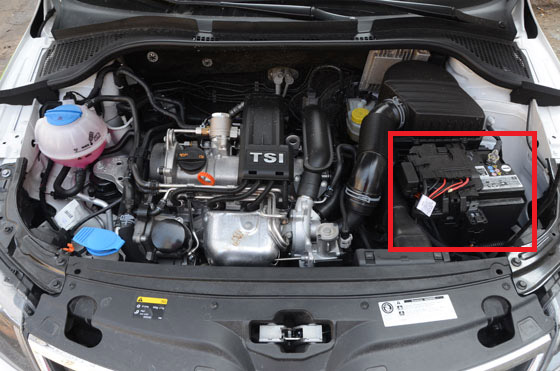
2. To gain access to the positive terminal of the battery, open the cover in the direction of the arrow.
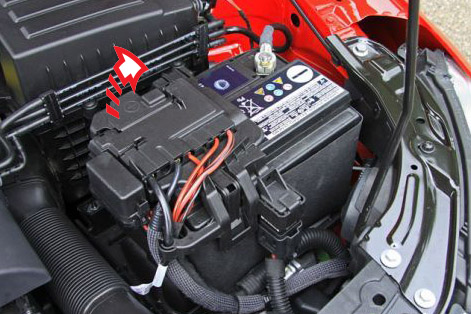
3. Install the cover on the positive side of the battery in the reverse order.
It is recommended to check the electrolyte level regularly, especially in the following situations:
- at high outdoor temperatures;
- during daily long trips;
- after each charge.
Electrolyte level indicator
On vehicles with a battery equipped with a color indicator, the so-called "magic eye", the electrolyte level can be determined by the color of the indicator. The color of the indicator may be affected by the presence of air bubbles. Therefore, before checking, carefully tap on the indicator.
Black indicator - electrolyte level is normal.
Colorless or light yellow - the electrolyte level is too low, the battery needs to be replaced.
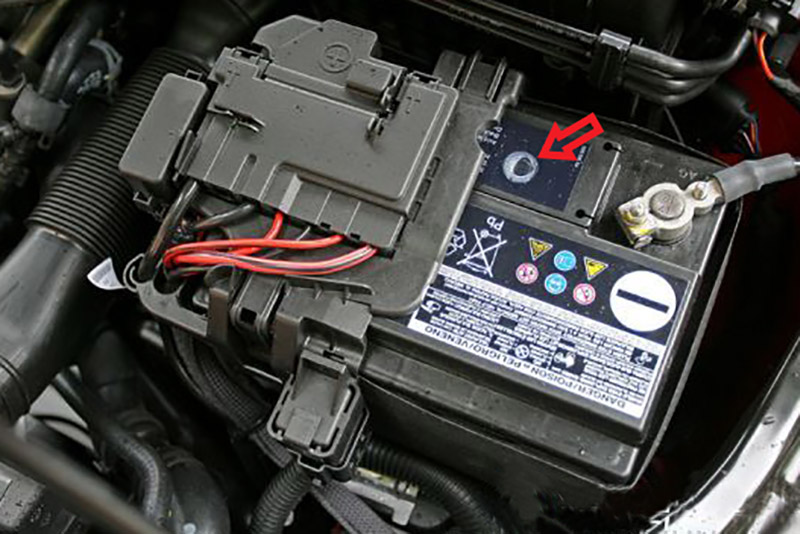
Note:
The electrolyte level of the battery is also checked regularly as part of the inspection service at the ŠKODA Dealership. For technical reasons, it is not possible to check the electrolyte level in batteries marked "AGM".
Vehicles with a start-stop system are equipped with a battery control unit that monitors the charge level to restart the engine.
Operation in winter
At low temperatures, the starting power of the battery is noticeably reduced compared to the power at normal temperatures. A discharged battery can freeze even at low temperatures below 0 °C. Therefore, before the beginning of the winter period, it is recommended to check the battery and, if necessary, charge it.
Charging the battery.
How the Skoda Rapid battery is charged is described in detail in this article.
Replacing the battery
When replacing the battery, the new battery must have the same capacity, voltage, current and the same size. It is recommended that the battery be replaced by a ŠKODA Dealership to ensure that the new battery is installed correctly and that the old battery is disposed of in accordance with current national regulations.
List of battery capacities and their catalog serial numbers:
- 36AH/175A - 1S0 915 105
- 44AH/220A - 000 915 105 DB
- 51AH/280A - 000 915 105 DC
- 59AH/320A - 1S0 915 105 A
- 61AH/330A - 000 915 105 DE
- 68AH/380A - 000 915 105 CC
- 72AH/380A - 000 915 105 DG
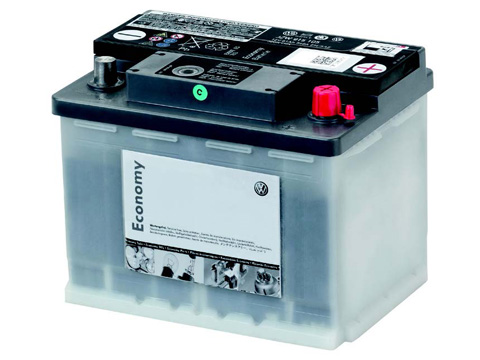
Automatic shutdown of consumers
In order to avoid battery discharge, under heavy load, the electronic control system of the on-board network automatically takes a number of measures. The following may indicate this:
- idle speed increases (to increase the generator output to the on-board current network);
- in some cases, the power of strong current consumers may be limited, or, if necessary, they may be switched off altogether. Such consumers are, for example, seat heating, rear window heating, power supply to the 12 V socket.
Note:
In some cases, the onboard power supply management system cannot prevent the battery from discharging. For example, if the ignition is turned on for a long time with the engine turned off, or if the side/parking lights are on during a long period of parking. The automatic switch-off of consumers, when it occurs, does not compromise the comfort of the ride and, as a rule, the driver does not notice it at all.
The article is missing:
- Photo of parts and consumables
- High-quality repair photos
Source: carpedia.club
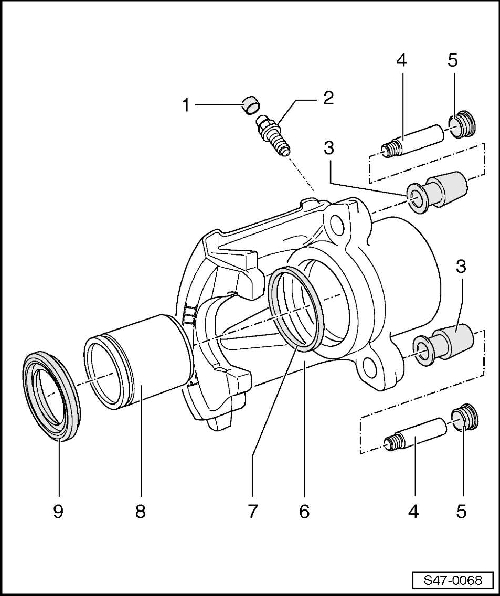
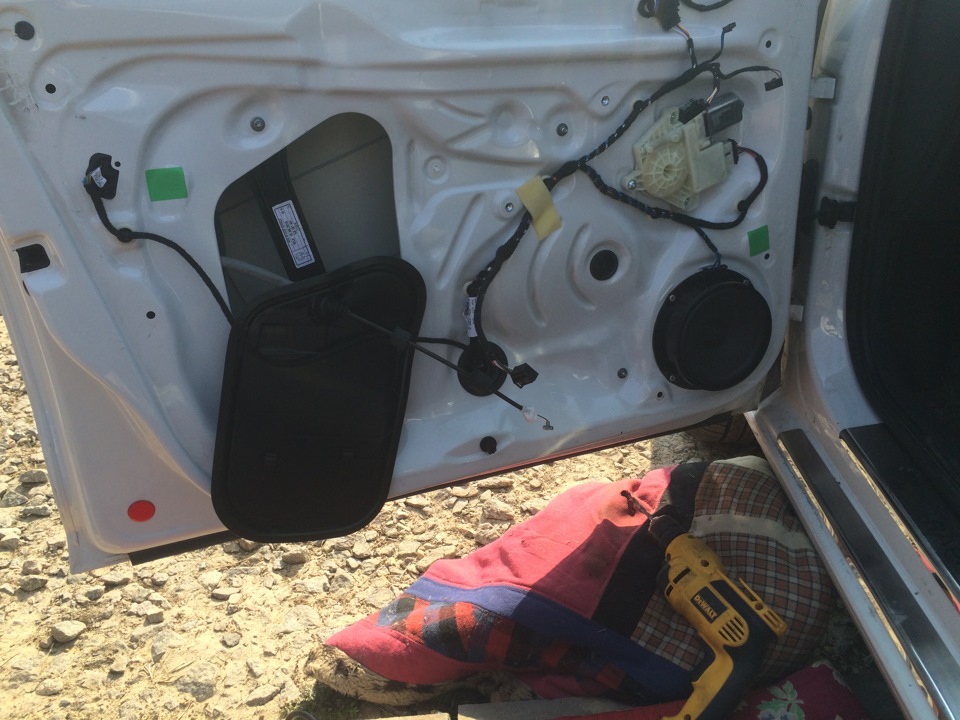
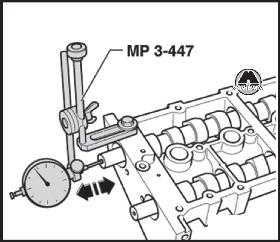
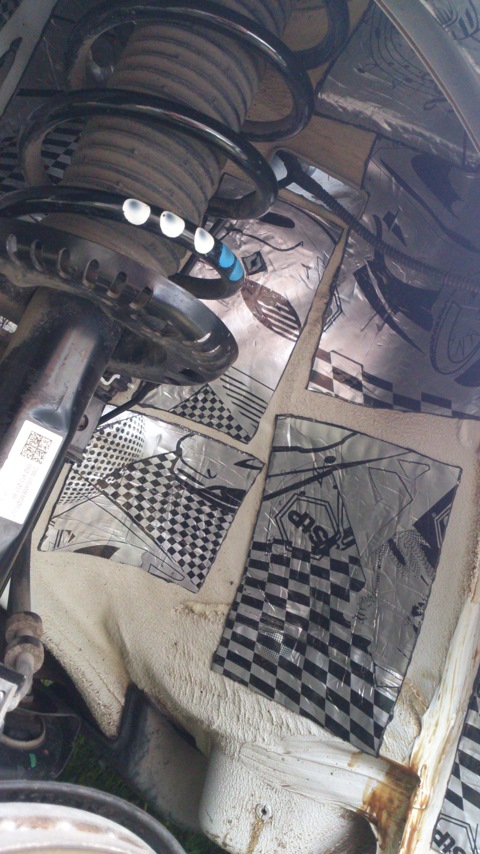
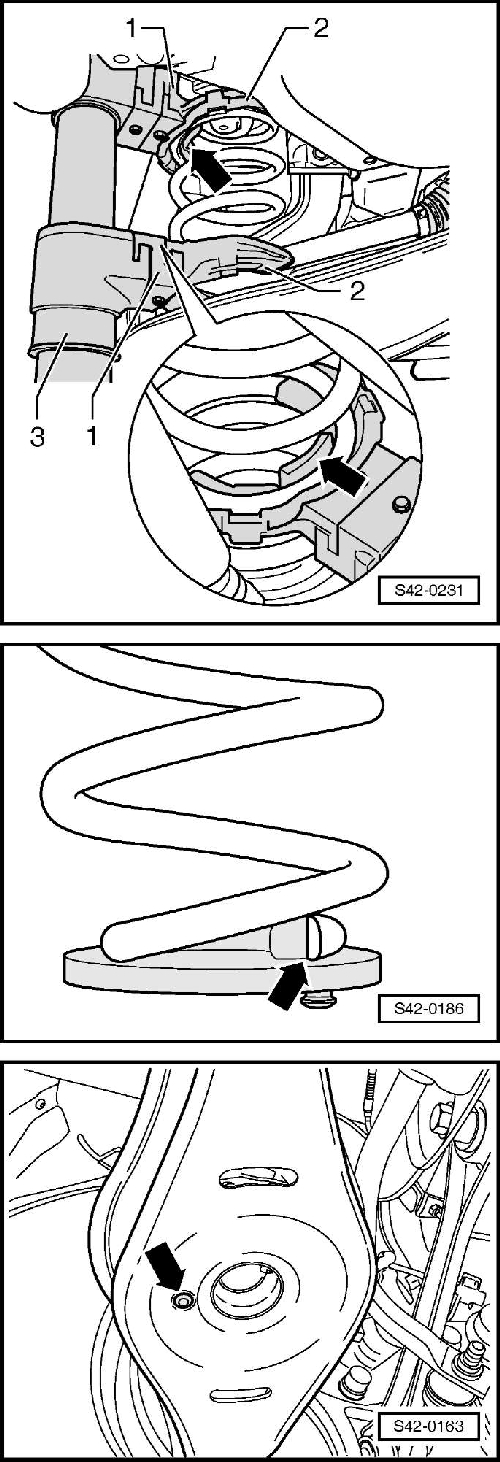
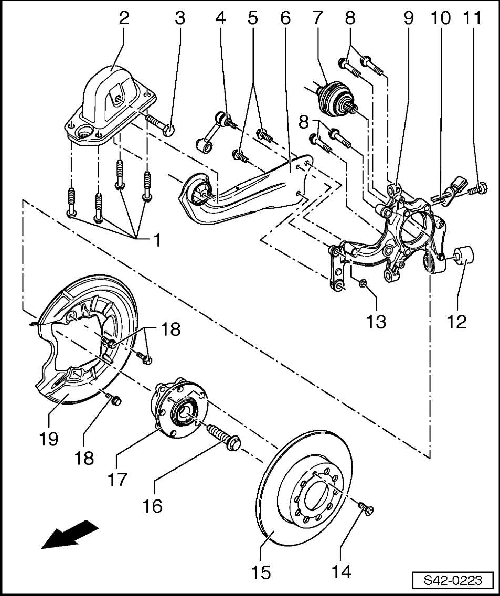
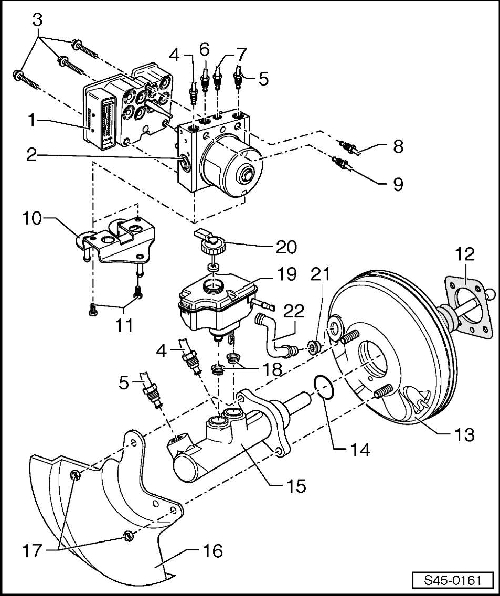
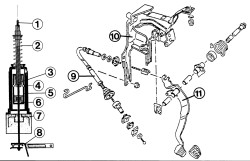
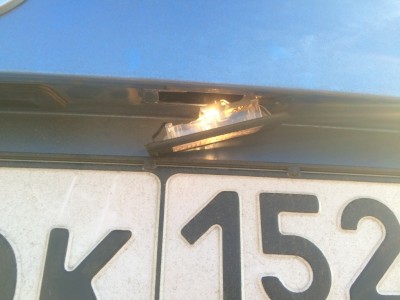
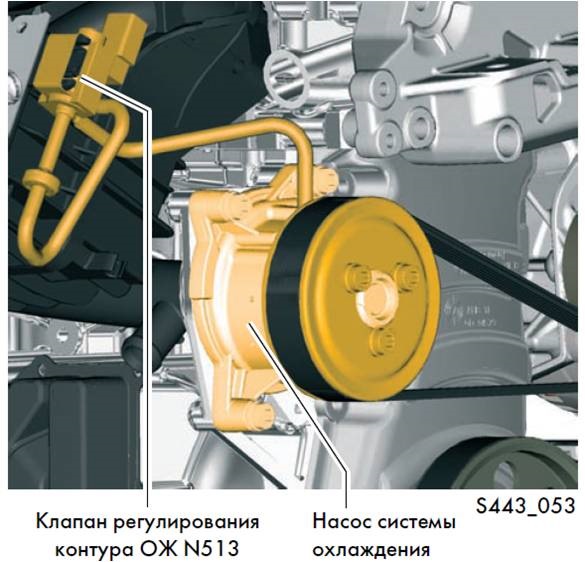
![3 generation [2012 - 2017]](/uploads/Skoda_Rapid_2012_-_2016.png)
